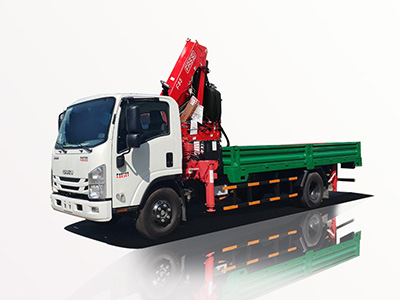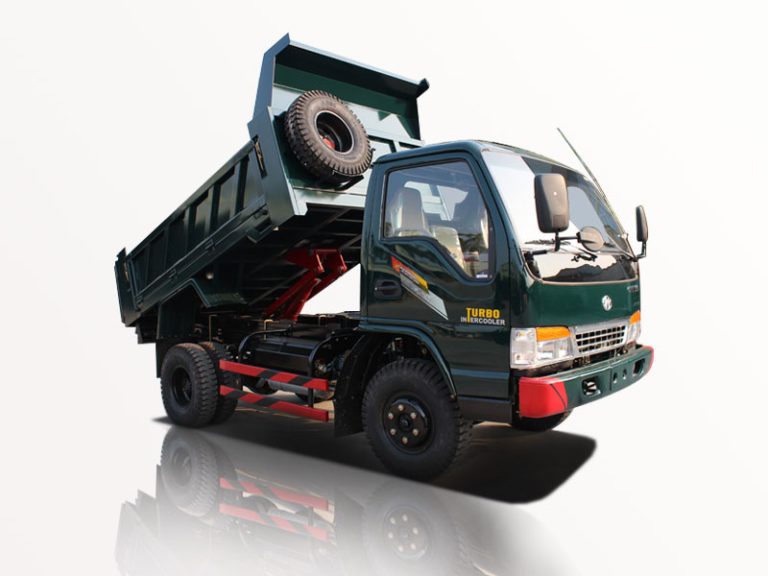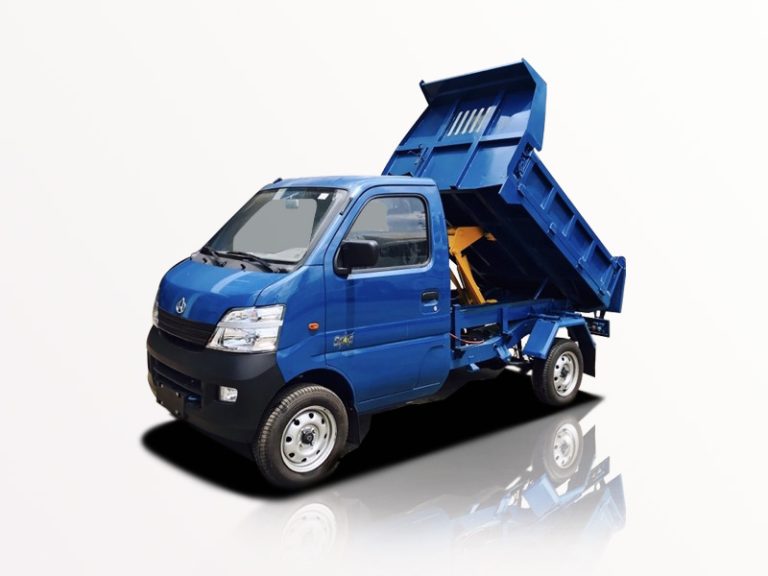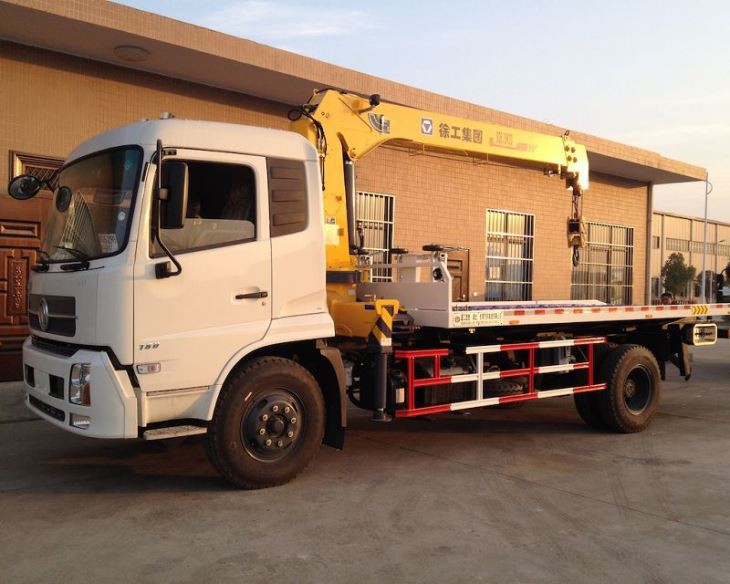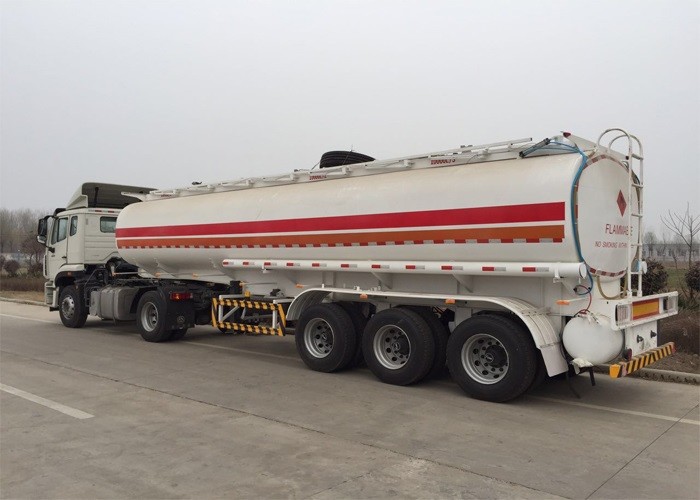In the world of heavy-duty machinery, model bucket trucks play a crucial role in various industries including construction, telecommunications, and utility services. These vehicles, equipped with extendable aerial platforms, enable workers to reach great heights safely and efficiently. This article delves into the different types of model bucket trucks, their benefits, usage tips, and much more, making it an informative guide for anyone interested in this essential equipment.
The Basics of Bucket Trucks
What is a Bucket Truck?
A bucket truck, also known as an aerial lift, is a vehicle with an extendable platform or bucket that allows operators to work at elevated heights. These trucks are typically mounted on trucks or vans, which makes them versatile and easy to transport. Bucket trucks are widely used in utility and municipal work, such as power line maintenance, tree trimming, and signage installation.
How Bucket Trucks Work
Bucket trucks operate through hydraulic systems that allow for smooth lifting and precise positioning of the bucket. The operator usually controls the lift from within the bucket or via remote control, ensuring complete control while working at heights. Safety features, like harness anchor points and emergency descent systems, are common in modern models to safeguard operators.
Types of Bucket Trucks
1. Telescoping Bucket Trucks
Telescoping bucket trucks feature a series of nested boom arms that can extend to various heights. These models are ideal for reaching high places without the need for a large physical footprint.
2. Articulating Bucket Trucks
Articulating bucket trucks have booms that can bend at several points, allowing for greater maneuverability around obstacles. This type is particularly useful for urban areas where navigating around trees and buildings is necessary.
3. Insulated Bucket Trucks
Insulated bucket trucks are specifically designed for electrical work. They come with non-conductive boom materials to protect workers from electrical hazards when working near power lines.
4. Non-Insulated Bucket Trucks
Non-insulated trucks are generally used for non-electrical tasks, such as tree trimming or construction, where electrical exposure is not a concern.
Key Features to Consider When Choosing a Model Bucket Truck
1. Height and Reach
The maximum reach of the bucket truck is a critical factor. Depending on the job type, the height can vary from 30 feet to over 100 feet. Assess the requirements of your projects to choose the right model.
2. Weight Capacity
Each bucket truck has a specified weight limit for the bucket. This should include the weight of personnel and tools, so ensure that the truck can accommodate all needs.
3. Drive Configuration
Bucket trucks come in various drive configurations: 2WD (two-wheel drive) vs. 4WD (four-wheel drive). Consider the terrain where you will be operating the truck to decide on the appropriate drive system.
4. Platform Size
The size of the bucket matters for comfort and safety. A larger platform allows for more personnel and tools, which can enhance efficiency on the job.
Advantages of Using a Bucket Truck
1. Enhanced Safety
Bucket trucks provide an elevated work platform that reduces risks associated with ladders and scaffolding, ensuring safety for workers.
2. Efficiency
These trucks increase productivity as workers can easily reach high places and complete tasks more quickly than traditional methods.
3. Versatility
Model bucket trucks can be utilized in various sectors—from utility work to maintenance and construction—making them a practical investment.
4. Cost-Effectiveness
Although the initial investment can be significant, using a bucket truck can save money in the long run by reducing labor costs and increasing job efficiency.
Maintenance Tips for Bucket Trucks
1. Regular Inspections
It’s crucial to regularly inspect the hydraulic system, brakes, and electrical components to ensure everything functions correctly.
2. Clean Equipment
Keep your bucket truck clean from debris and corrosion. Regularly wash the exterior and inspect for any signs of wear and tear that need addressing.
3. Follow Operator Manuals
Always adhere to the manufacturer’s guidelines regarding maintenance schedules and procedures to prolong the service life of your truck.
4. Training and Safety Protocols
Proper training for operators and adherence to safety protocols are essential for optimal performance and safety during operations.
Practical Applications of Model Bucket Trucks
1. Utility Work
Bucket trucks are frequently used in utility work to maintain and install power lines and telephone poles. Electricians benefit from the ease of accessing overhead lines for repairs.
2. Tree Care
Arborists use bucket trucks for trimming trees and removing branches safely without the risks associated with ladders.
3. Signage Installation
Businesses often employ bucket trucks to install and maintain signs, especially in high or challenging locations.
4. Building Maintenance
In commercial and residential settings, bucket trucks facilitate maintenance and repairs, including window washing and facade inspections.
Economic Impact of Bucket Trucks on Industries
Job Creation
The bucket truck industry creates jobs not only for operators but also for service and manufacturing positions that support the equipment’s lifecycle.
Cost Efficiency in Operations
Employing bucket trucks leads to lower overall operational costs, providing opportunities for businesses to allocate resources effectively for growth.
Enhanced Service Offerings
Companies utilizing bucket trucks can offer more comprehensive services to clients, leading to increased customer satisfaction and retention rates.
Frequently Asked Questions (FAQs)
1. What is the average cost of a model bucket truck?
The cost can range from $15,000 to $100,000 or more, depending on the truck’s specifications, height capabilities, and additional features.
2. How do I obtain a license to operate a bucket truck?
Most regions require operators to have a commercial driver’s license (CDL) and to attend certified training programs concerning aerial lift operations.
3. What safety equipment should be used with a bucket truck?
Always use personal protective equipment (PPE), including hard hats, harnesses, lanyards, and gloves when operating a bucket truck.
4. How often should bucket trucks be serviced?
Regular service intervals typically occur every 3 to 6 months, but always refer to the manufacturer’s maintenance schedule for specific guidelines.
5. Can bucket trucks be used in adverse weather conditions?
Bucket trucks should be used with caution in adverse weather. High winds, heavy rain, or snow can impact stability and safety, so it’s best to postpone work in such conditions.
6. What are the most common repairs needed for bucket trucks?
Common repairs include hydraulic system issues, electrical malfunctions, and wear and tear on the boom and lifting mechanisms.
